The Transformational Challenge Reactor will use novel materials. Researchers are testing their performance in a reactor core by irradiating them in the High Flux Isotope Reactor.

news, journals and articles from all over the world.

The Transformational Challenge Reactor will use novel materials. Researchers are testing their performance in a reactor core by irradiating them in the High Flux Isotope Reactor.
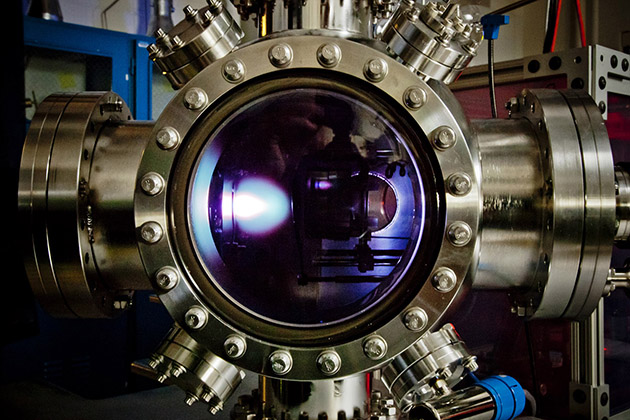
Researchers at Berkeley Lab and UC Berkeley have demonstrated that a common material can be processed into a top-performing energy storage material. Their discovery could improve the efficiency, reliability, and robustness of personal electronics, wearable technologies, and car audio systems.

Graphene, an extremely thin two-dimensional layer of the graphite used in pencils, buckles when cooled while attached to a flat surface, resulting in beautiful pucker patterns that could benefit the search for novel quantum materials and superconductors, according to Rutgers-led research in the journal Nature. Quantum materials host strongly interacting electrons with special properties, such as entangled trajectories, that could provide building blocks for super-fast quantum computers. They also can become superconductors that could slash energy consumption by making power transmission and electronic devices more efficient.
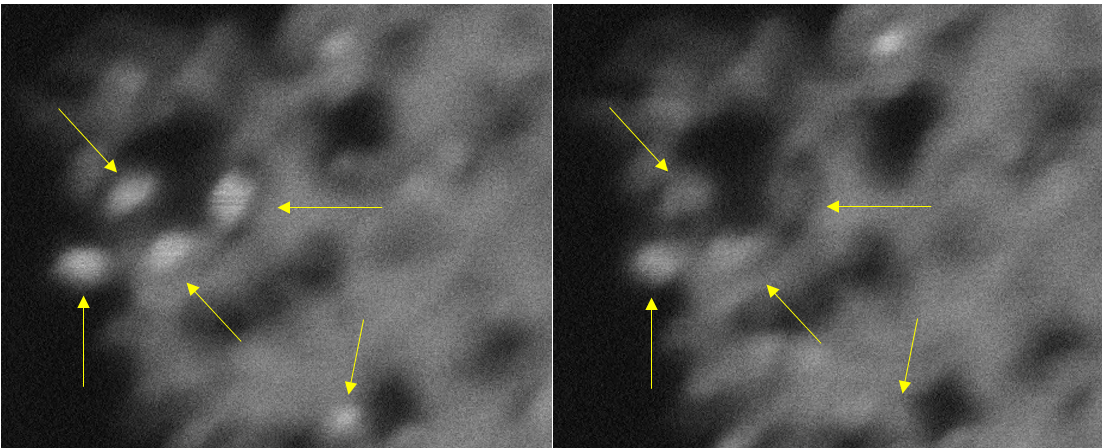
Imagine tiny crystals that “blink” like fireflies and can convert carbon dioxide, a key cause of climate change, into fuels. A Rutgers-led team has created ultra-small titanium dioxide crystals that exhibit unusual “blinking” behavior and may help to produce methane and other fuels, according to a study in the journal Angewandte Chemie. The crystals, also known as nanoparticles, stay charged for a long time and could benefit efforts to develop quantum computers.
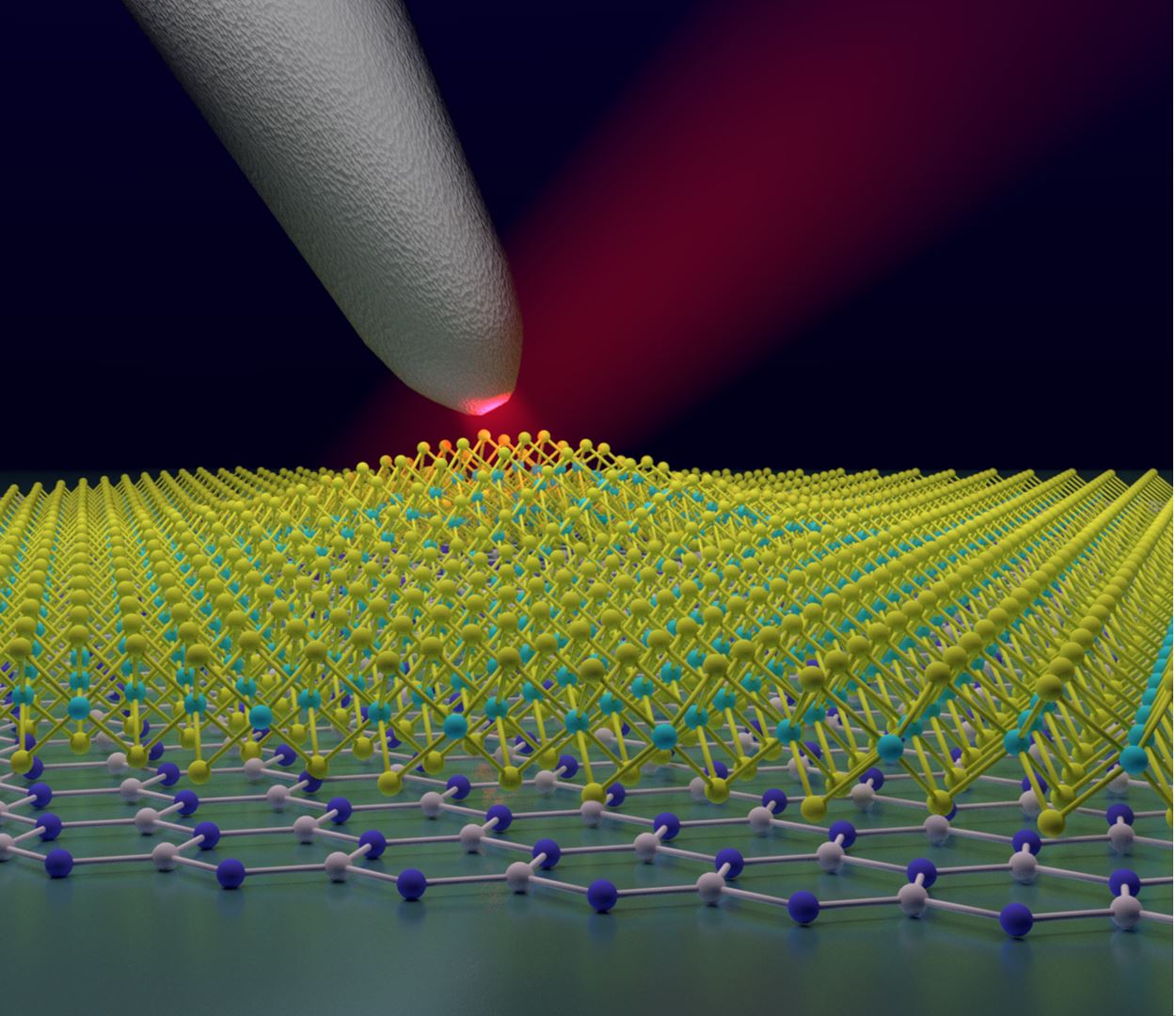
Researchers at Columbia Engineering and Montana State University have found that placing sufficient strain in a 2D material creates localized states that can yield single-photon emitters. Using sophisticated optical microscopy techniques developed at Columbia over the past 3 years, the team was able to directly image these states for the first time, revealing that even at room temperature they are highly tunable and act as quantum dots, tightly confined pieces of semiconductors that emit light.
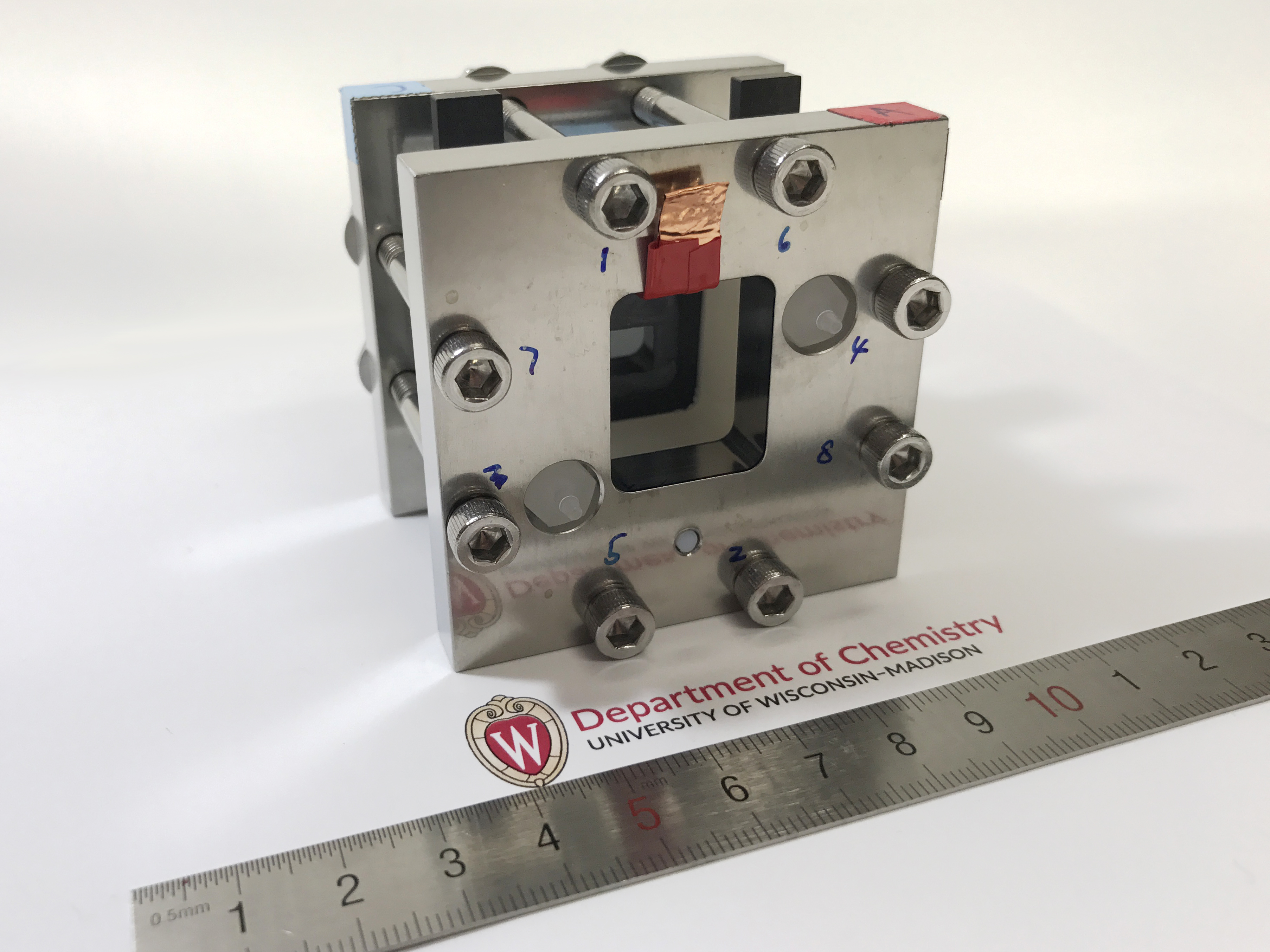
Chemists at the University of Wisconsin–Madison and their collaborators have created a highly efficient and long-lasting solar flow battery, a way to generate, store and redeliver renewable electricity from the sun in one device.
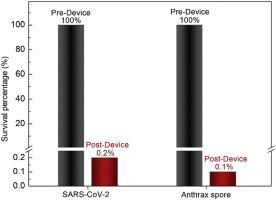
Researchers from the University of Houston, in collaboration with others, have designed a “catch and kill” air filter that can trap the virus responsible for COVID-19, killing it instantly.
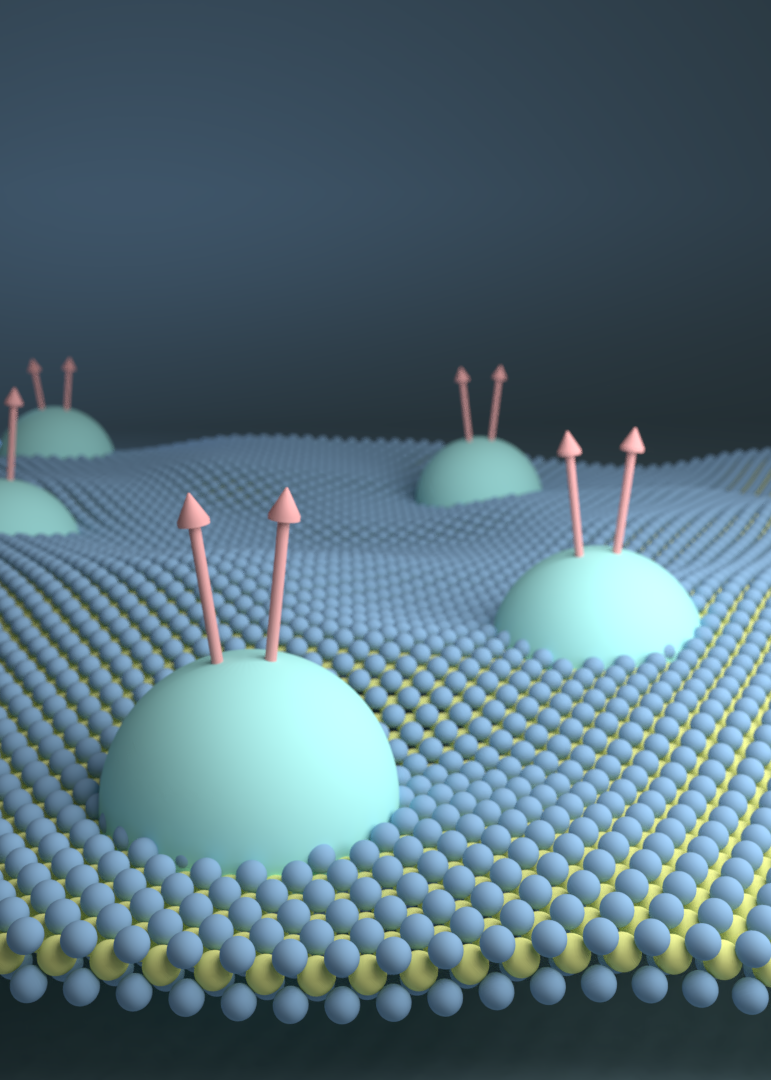
Columbia University researchers report that they have observed a quantum fluid known as the fractional quantum Hall states (FQHS), one of the most delicate phases of matter, for the first time in a monolayer 2D semiconductor. Their findings demonstrate the excellent intrinsic quality of 2D semiconductors and establish them as a unique test platform for future applications in quantum computing.

Can antibiotic-resistant bacteria escape from sewers into waterways and cause a disease outbreak? A new Rutgers study, published in the journal Environmental Science: Water Research & Technology, examined the microbe-laden “biofilms” that cling to sewer walls, and even built a simulated sewer to study the germs that survive within.
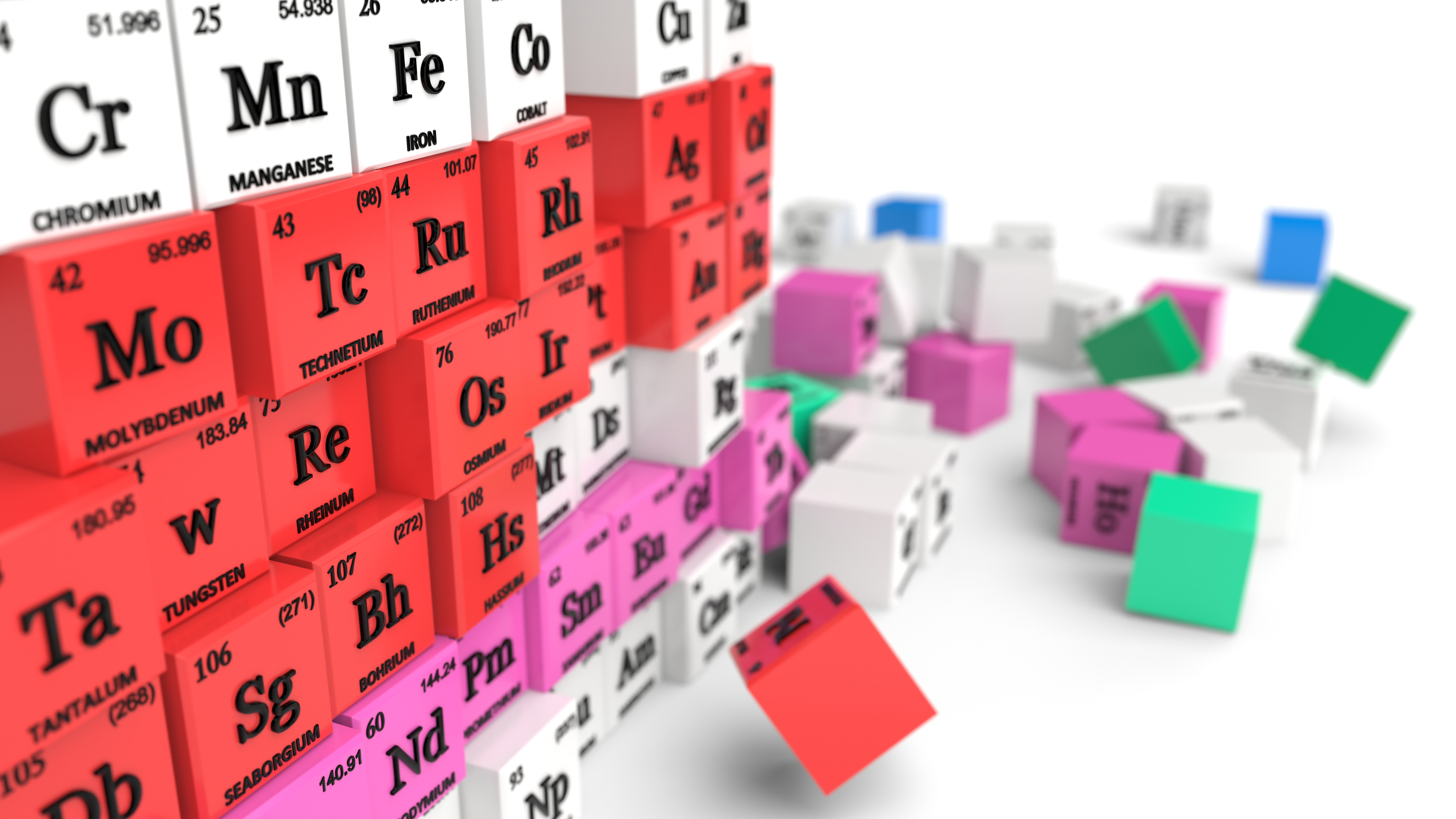
A team used the Summit supercomputer to simulate transition metal systems—such as copper bound to molecules of nitrogen, dihydrogen, or water—and correctly predicted the amount of energy required to break apart dozens of molecular systems, paving the way for a greater understanding of these materials.
University of Wisconsin–Madison engineers have made it possible to remotely determine the temperature beneath the surface of certain materials using a new technique they call depth thermography. The method may be useful in applications where traditional temperature probes won’t work, like monitoring semiconductor performance or next-generation nuclear reactors.
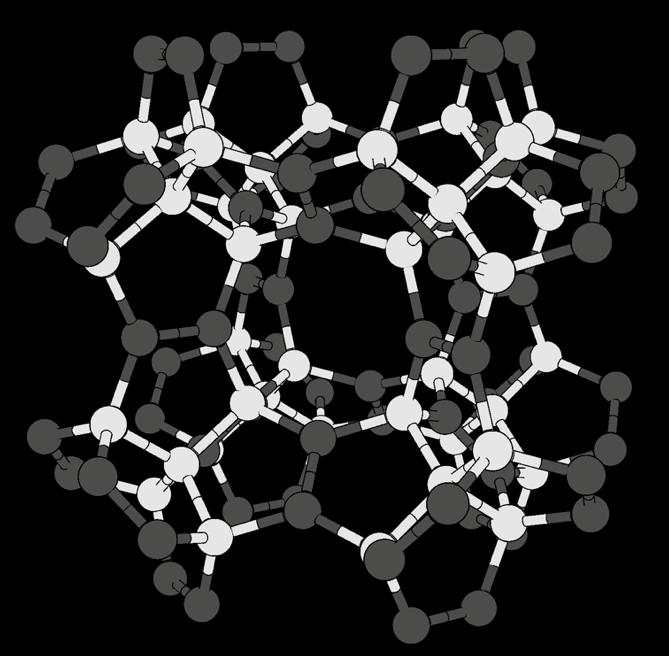
Researchers at the University of Tsukuba used computer calculations to design a new carbon-based material even harder than diamond.
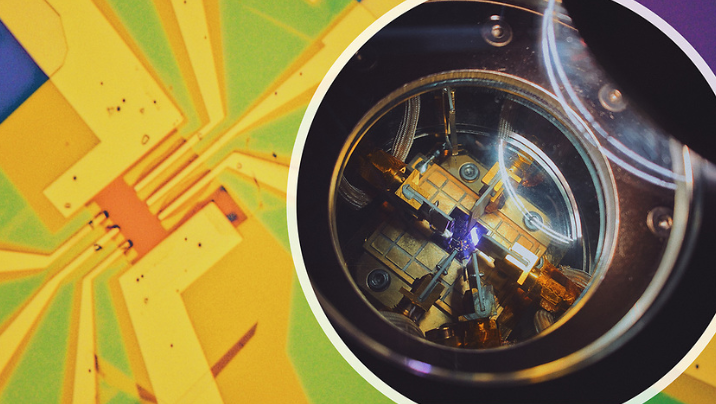
A team of researchers has found a versatile method for the construction of high-quality vdW heterostructures using a dual-function polymeric film with a thickness of below five nanometers to promote the exfoliation of monolayer graphene.
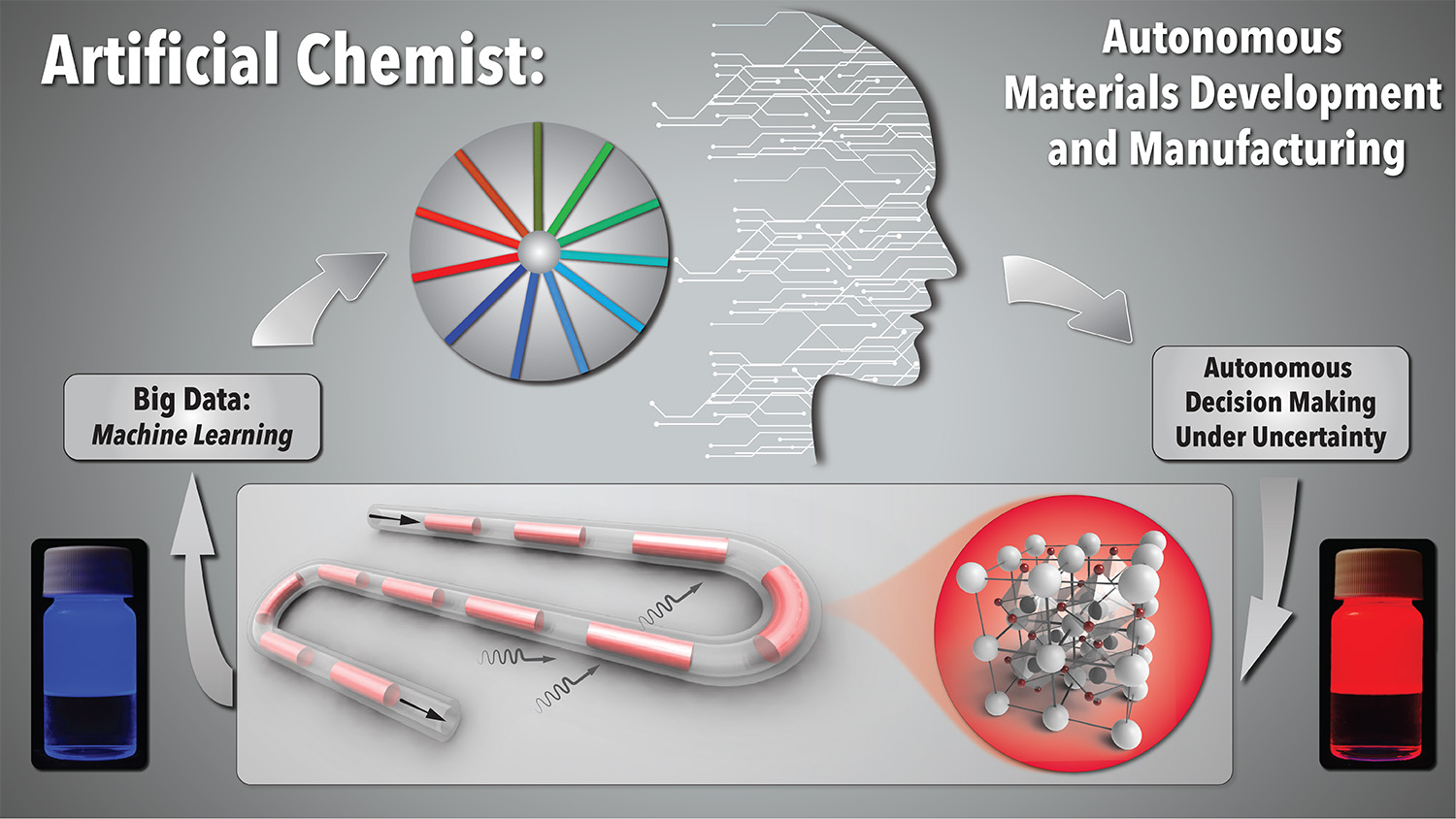
Researchers have developed a technology called “Artificial Chemist,” which incorporates artificial intelligence and an automated system for performing chemical reactions to accelerate R&D and manufacturing of commercially desirable materials.

Researchers and engineers at the Spallation Neutron Source are making progress on the construction of VENUS, the facility’s newest neutron scattering instrument for studying materials in exciting new ways that are currently not possible for open research programs in the US.
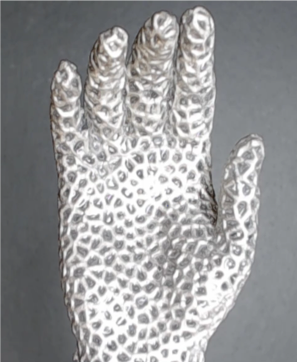
Researchers at Binghamton University, State University of New York have developed “the first liquid metal lattice in the world.” The team has created a series of prototypes that return to their shapes when crushed.
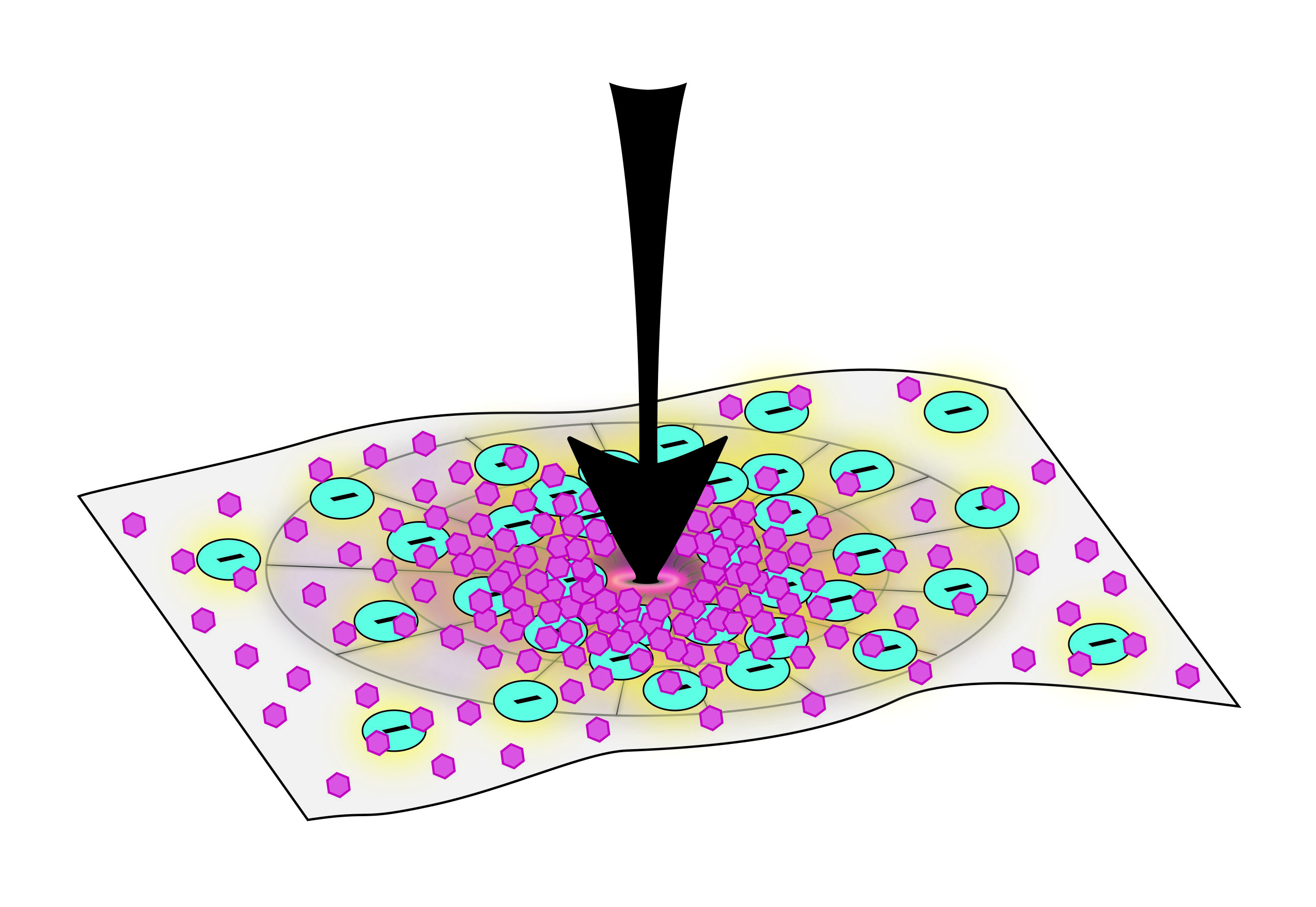
Inspired by how human bone and colorful coral reefs adjust mineral deposits in response to their surrounding environments, Johns Hopkins researchers have created a self-adapting material that can change its stiffness in response to the applied force. This advancement can someday open the doors for materials that can self-reinforce to prepare for increased force or stop further damage.
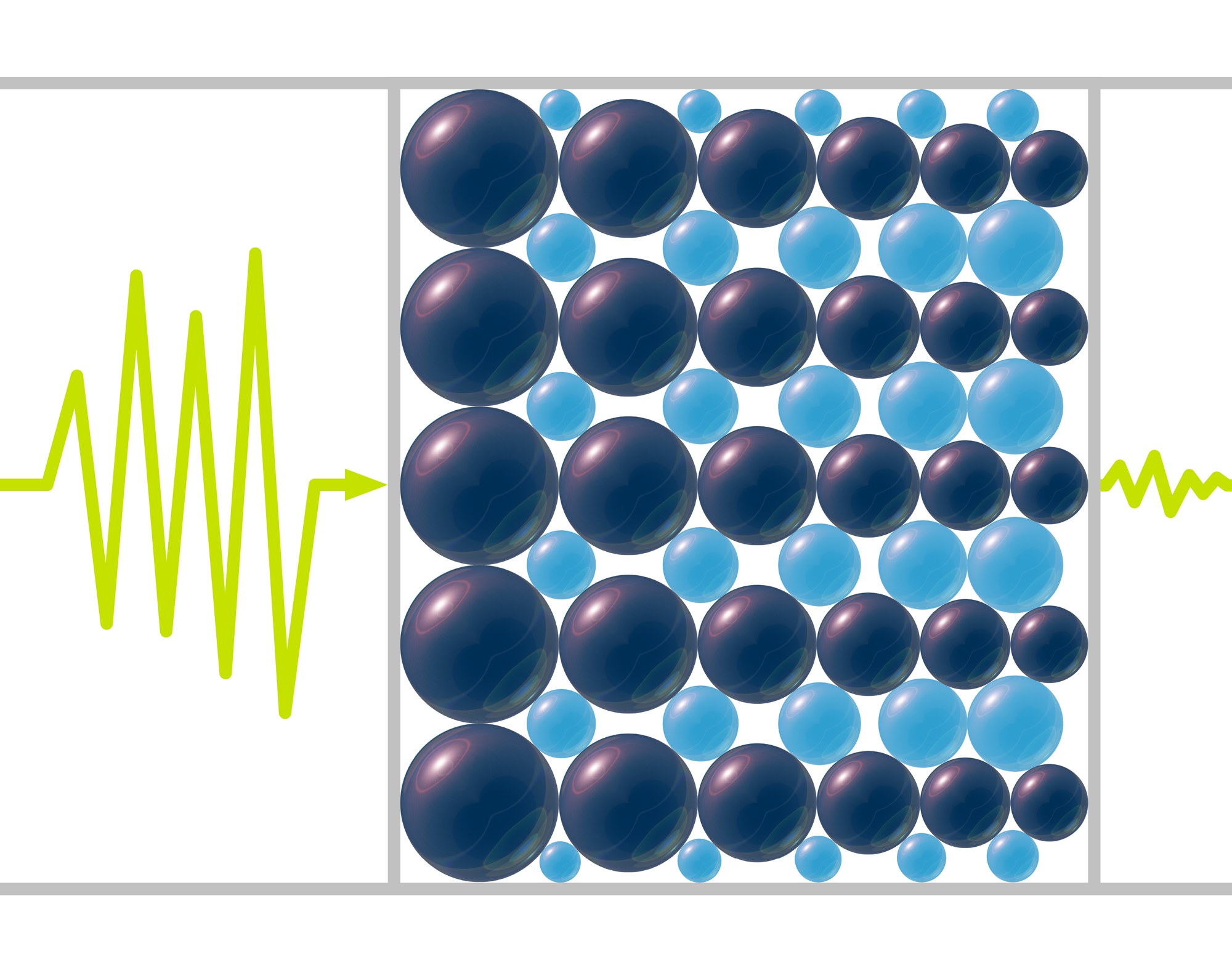
Need to reduce high-pitched noises? Science may have an answer. In a new study, theoretical physicists report that materials made from tapered chains of spherical beads could help dampen sounds that lie at the upper range of human hearing or just beyond.
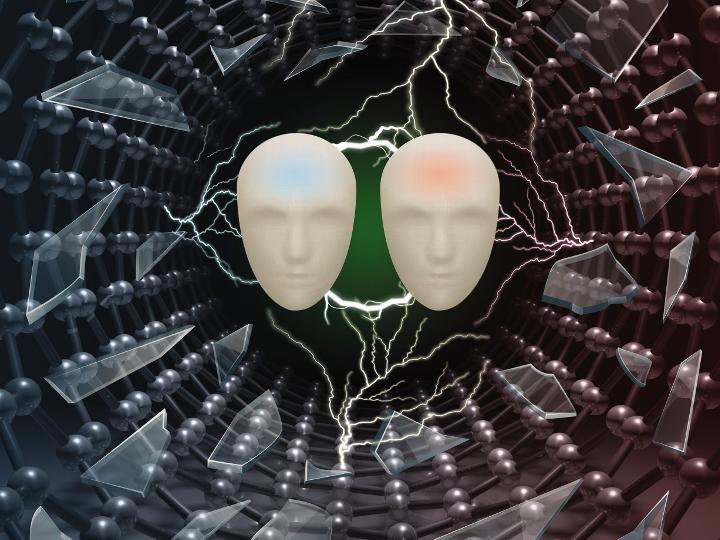
Researchers have reported a new material, pliable enough to be woven into fabric but imbued with sensing capabilities that can serve as an early warning system for injury or illness.
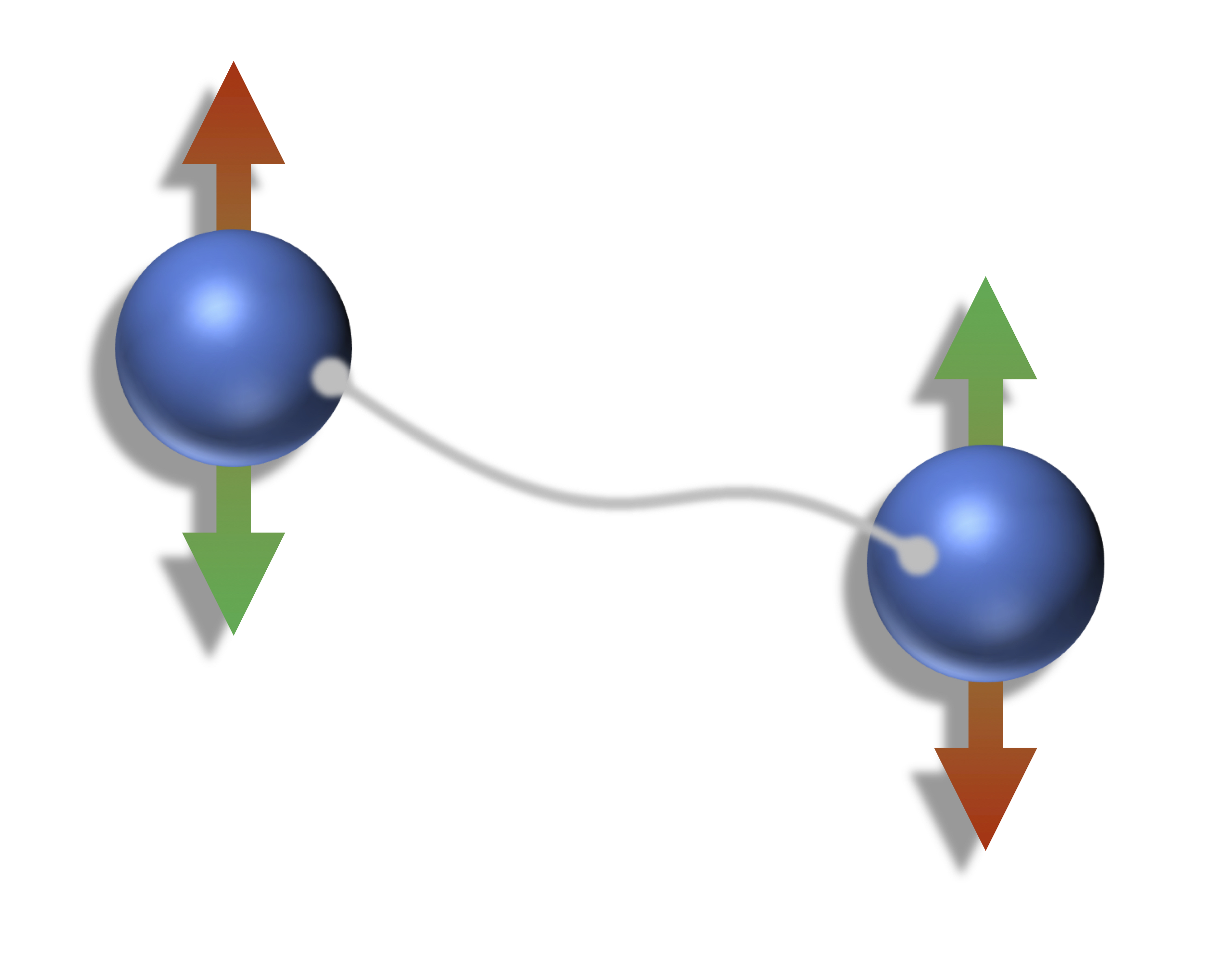
Physicists have unraveled a mystery behind the strange behavior of electrons in a ferromagnet, a finding that could eventually help develop high temperature superconductivity. A Rutgers co-authored study of the unusual ferromagnetic material appears in the journal Nature.
New Brunswick, N.J. (Feb. 26, 2020) – Rutgers University–New Brunswick researchers have created a software tool that more efficiently analyzes how asphalt performs, saving transportation agencies time and money. As performance testing for asphalt pavement has evolved, the focus has shifted…
Valentino Cooper of Oak Ridge National Laboratory uses theory, modeling and computation to improve fundamental understanding of advanced materials for next-generation energy and information technologies.
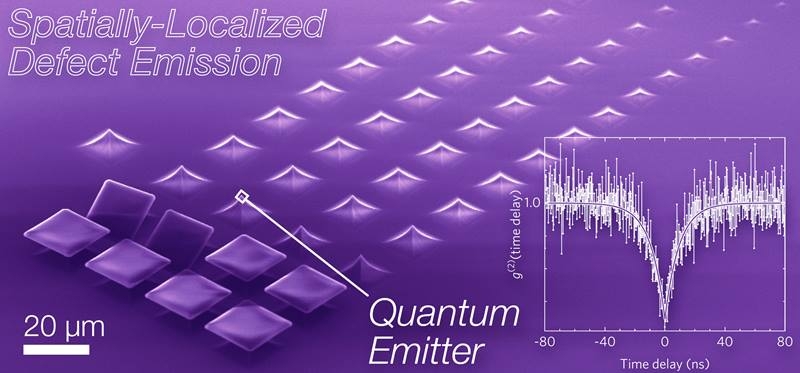
Recent research has shown that 2D materials may have potential as light sources that emit light as single photons.
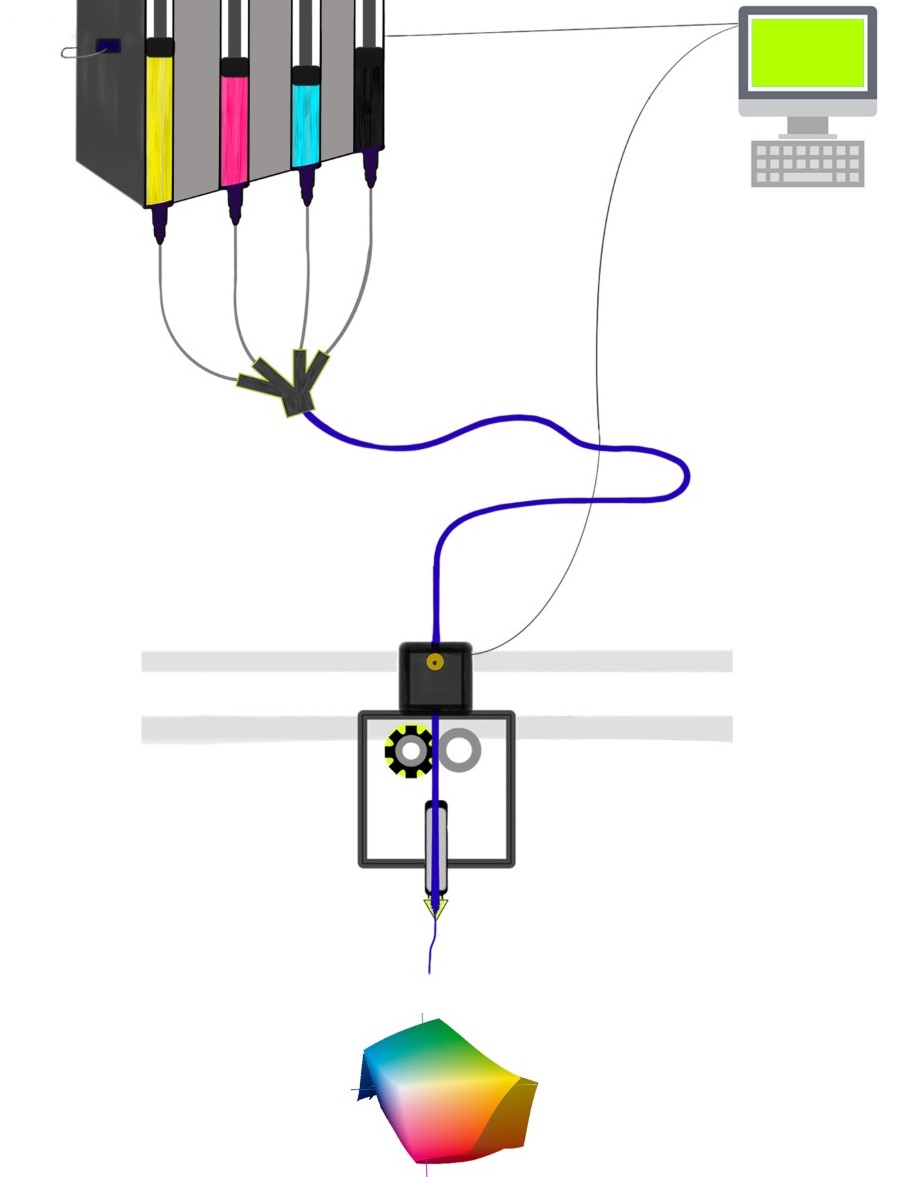
Rutgers biomedical engineers have developed a “bio-ink” for 3D printed materials that could serve as scaffolds for growing human tissues to repair or replace damaged ones in the body. Their study was published in the journal Biointerphases.
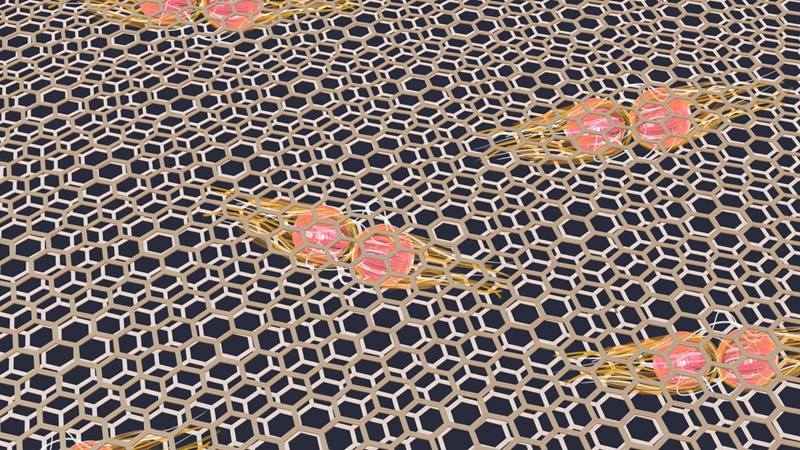
Researchers used a scanning tunneling microscope to “see” the electron interactions and pairings at the heart of twisted bilayer graphene’s novel properties.
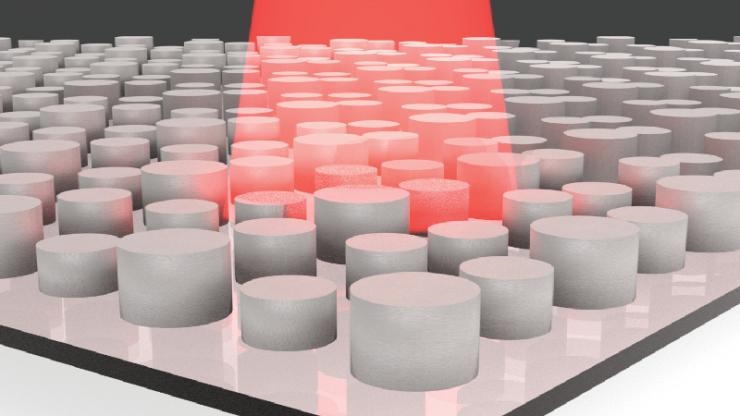
Researchers are increasingly using computer models to predict how light will interact with metamaterials. Scientists used machine learning techniques to analyze databases of information. The computer program predicted the ideal metamaterial design for absorbing low-energy light.
Stacking ultrathin complex oxide single-crystal layers allows researchers to create new structures with hybrid properties and multiple functions. Now, using a new platform developed by engineers at the University of Wisconsin–Madison and the Massachusetts Institute of Technology, researchers will be able to make these stacked-crystal materials in virtually unlimited combinations.
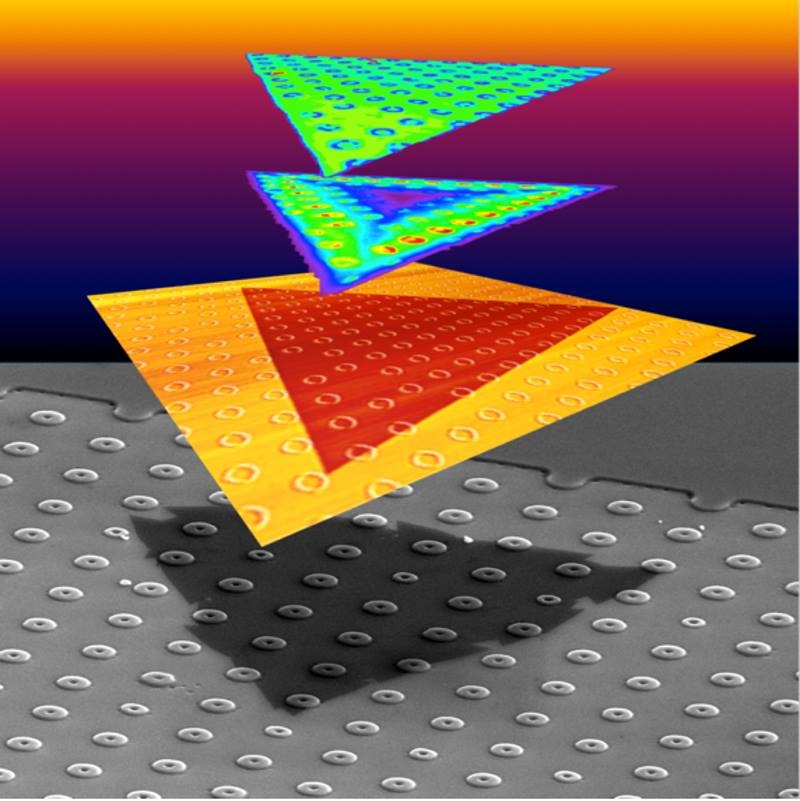
Scientists grew tungsten disulfide 2D crystals over donut shapes. With this approach, they created strain that changed the materials’ growth dynamics and light emission properties.
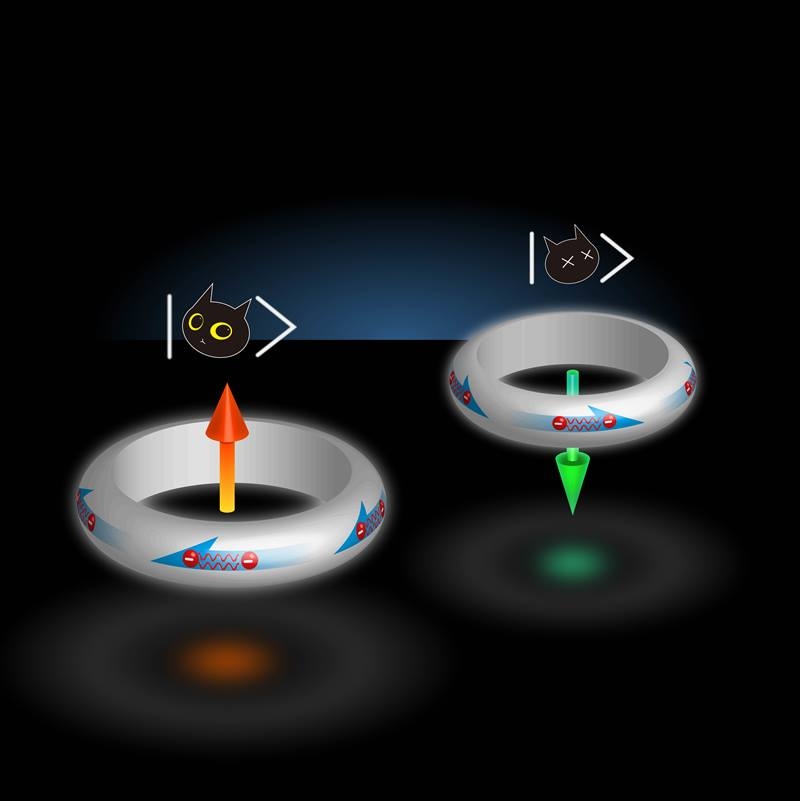
Researchers recently measured a surprising effect for a new type of superconductor: bismuth palladium.
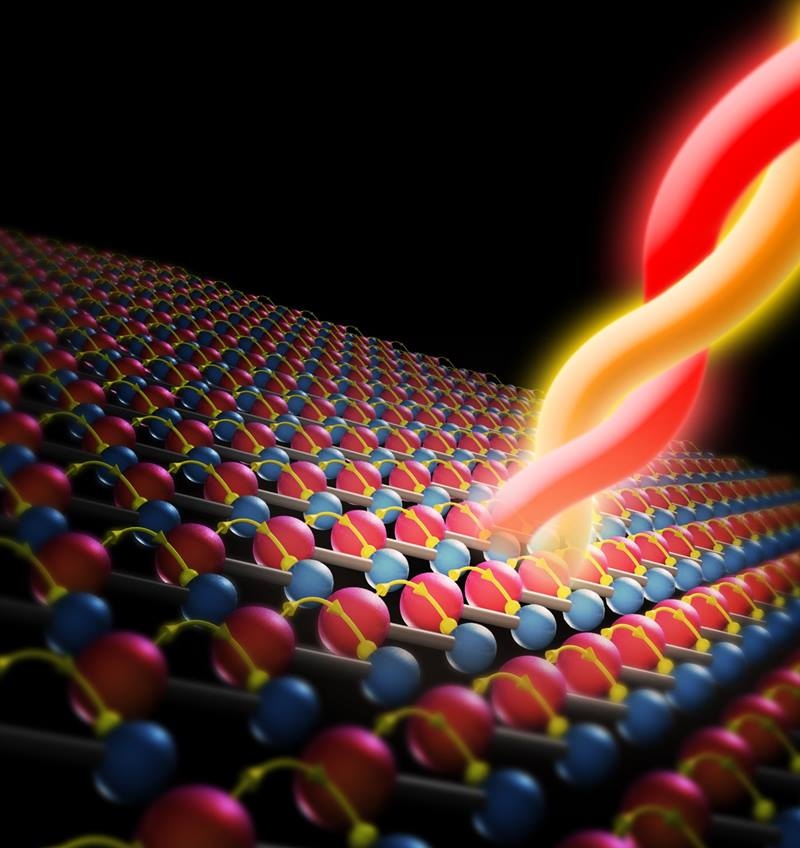
Scientists created devices based on one Weyl semimetal, tantalum arsenide. They observed that this material was able to convert more light to electricity than any other material. The conversion was 10 times higher than previous measurements with other materials.
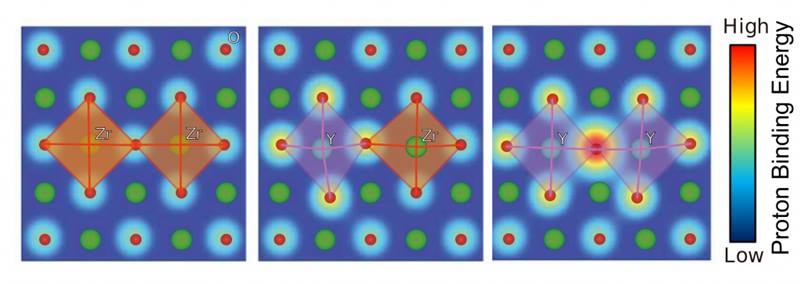
Using supercomputer simulations and a large dataset of materials, scientists found a connection between distortions in the material’s atomic structure and the amount of energy required to separate a proton from the material.
New research led by faculty at Binghamton University, State University of New York, could aid cleaner energy technologies.

Biomanufacturing – harnessing biological processes in cells and microbes to design and manufacture products – is revolutionizing how we make everything from futuristic consumer goods to sustainable fuels to breakthrough medicines. Every biomanufactured product can be traced back to discoveries in the lab, but translating that science into a real-world product can be tricky. Berkeley Lab helps move great ideas, like outdoor gear made from algae oil, from conception to commercialization.

Scientists have created a new class of material that uses sunlight to absorb and fix carbon dioxide from the atmosphere.

A minuscule, counterintuitive chemical tweak is advancing an organic solar technology that was believed unviable.

A minuscule, counterintuitive chemical tweak is advancing an organic solar technology that was believed unviable.
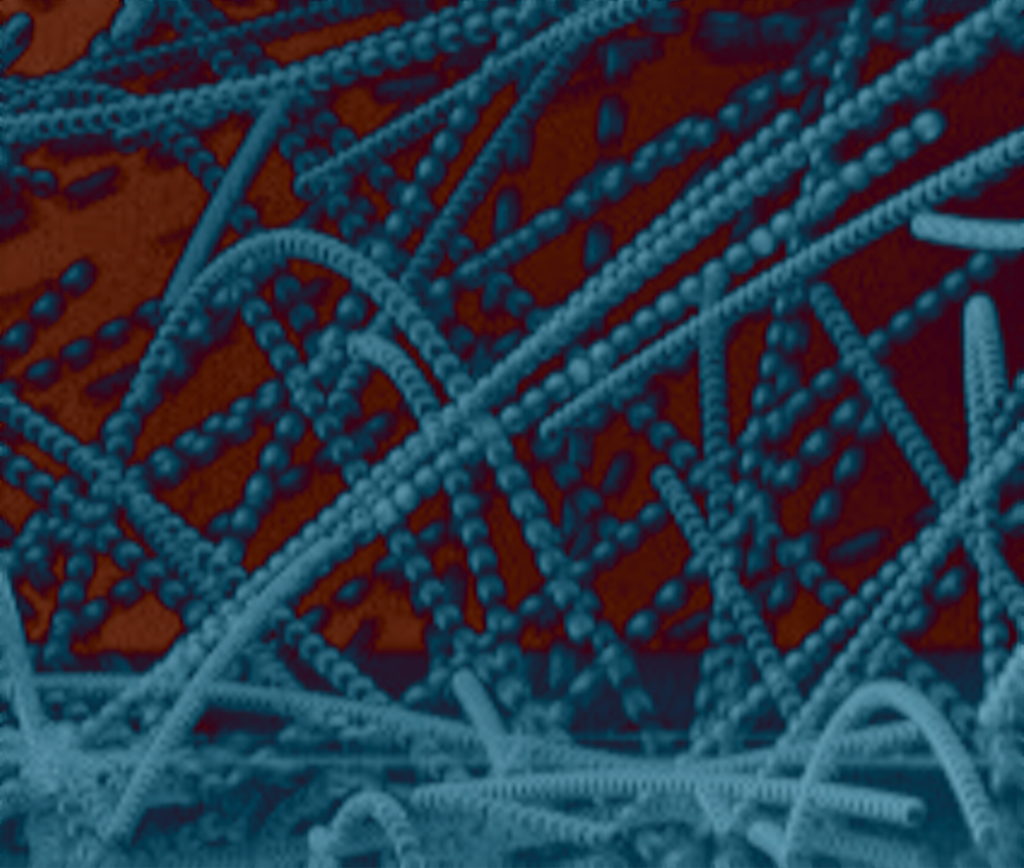
Scientists may have figured out how dust particles can stick together to form planets, according to a Rutgers co-authored study that may also help to improve industrial processes. In homes, adhesion on contact can cause fine particles to form dust bunnies. Similarly in outer space, adhesion causes dust particles to stick together. Large particles, however, can combine due to gravity – an essential process in forming asteroids and planets. But between these two extremes, how aggregates grow has largely been a mystery until now.
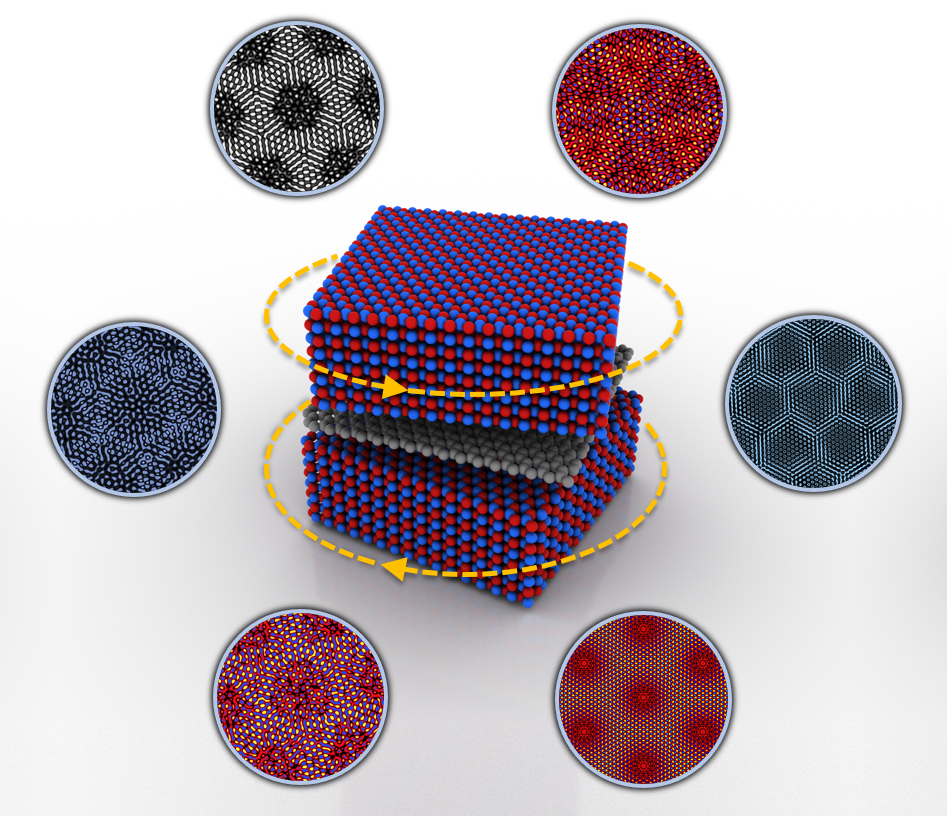
A recent Columbia Engineering study demonstrates a new way to tune the properties of 2D materials simply by adjusting the twist angle between them. The researchers built devices consisting of monolayer graphene encapsulated between two crystals of boron nitride and, by adjusting the relative twist angle between the layers, they were able to create multiple moiré pattern—“the first time anyone has seen the full rotational dependence of coexisting moiré superlattices in one device.”

A team from Oak Ridge National Laboratory and Vanderbilt University made the first experimental observation of a material phase that had been predicted but never seen.

Bone and mollusk shells are composite systems that combine living cells and inorganic components. This allows them to regenerate and change structure while also being very strong and durable. Borrowing from this amazing complexity, researchers have been exploring a new class of materials called engineered living materials (ELMs).
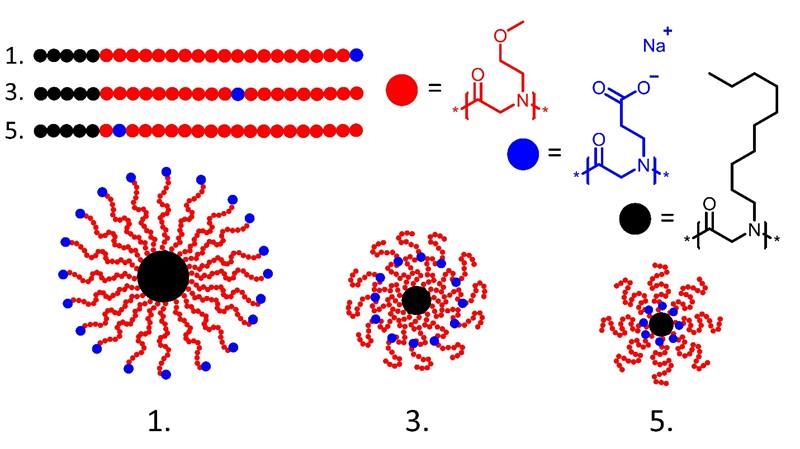
For years, scientists have formed polymers using the interaction of charges on molecular chains to determine the shape, geometry, and other properties. Now, a team achieved precise and predictable control of molecular chains by positioning charges. Their method leads to particles with reproducible sizes.
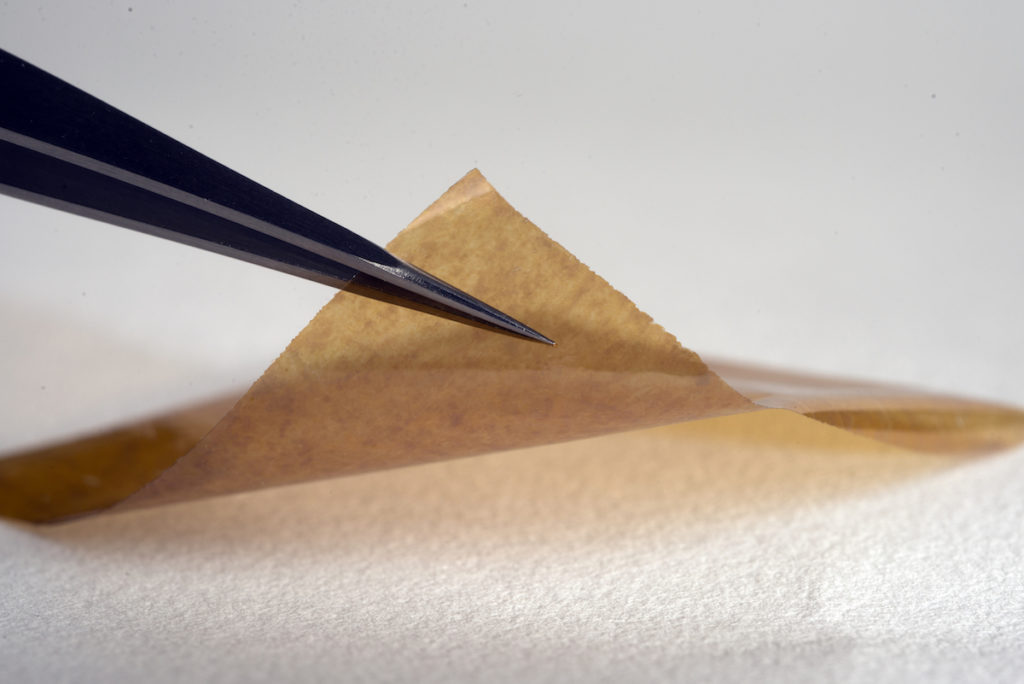
Millions of people with severe burns or diabetic skin ulcers could benefit from an experimental enhancement to a next-generation covering that is already healing difficult wounds.
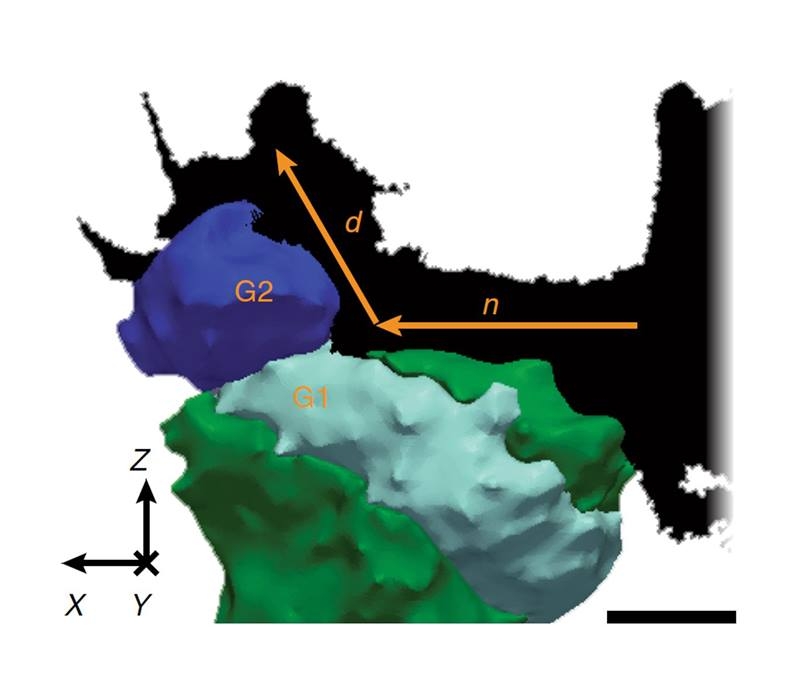
Scientists devised specialized X-ray mapping techniques. They determined that boundaries associated with regions where atoms are closely packed together most readily resist cracking. This analysis revealed that when a crack encounters such a boundary, it’s deflected to a less direct path and crack growth is slowed.
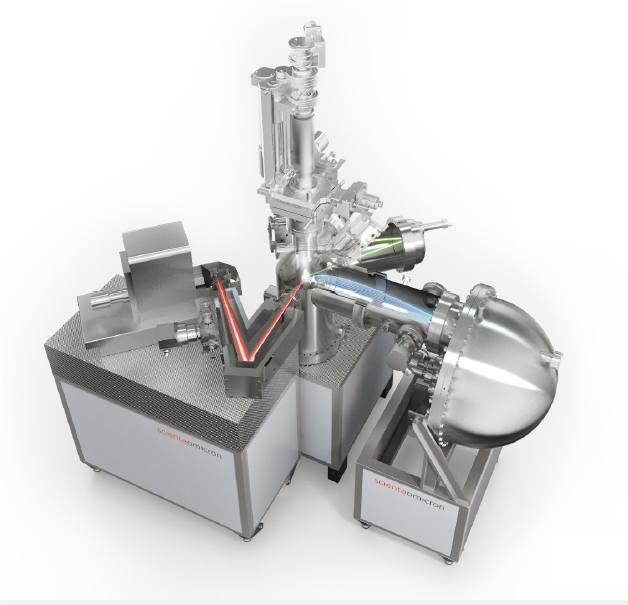
Binghamton University, State University of New York will acquire a sophisticated new X-ray tool useful in materials research and R&D for electronics. The $1.75 million system — the third of its kind in the world and the first outside of Europe — will be funded by $1.23 million from the National Science Foundation’s Major Research Instrumentation program and additional money from the campus.
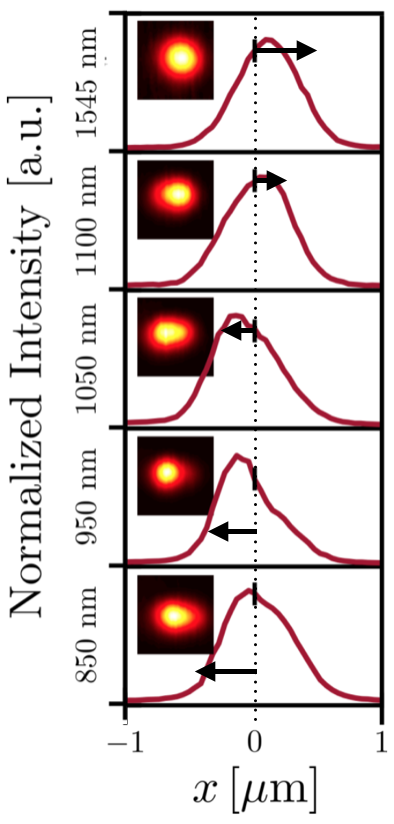
Scientists have tested an experimental system that uses a near-infrared laser to actively heat two gold nanorod antennae to different temperatures. The nanorods are electromagnetically and thermally coupled, yet the team measured reversible temperature differences of up to 20 degrees Celsius.
When two mesh screens are overlaid, beautiful patterns appear when one screen is offset. These “moiré patterns” have long intrigued artists, scientists and mathematicians and have found applications in printing, fashion and banknotes. Now, a Rutgers-led team has paved the way to solving one of the most enduring mysteries in materials physics by discovering a moiré pattern in graphene, where electrons organize themselves into stripes, like soldiers in formation.
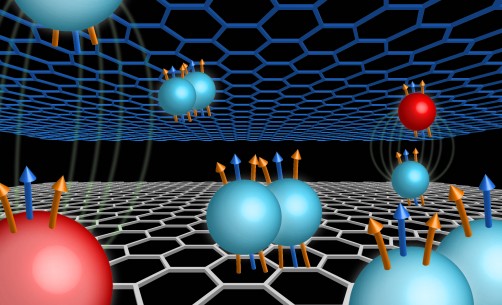
Findings shed new light on the nature of electron interactions in quantum systems and establishing a potential new platform for future quantum computers New York, NY—June 24, 2019—Researchers from Brown and Columbia Universities have demonstrated previously unknown states of matter…